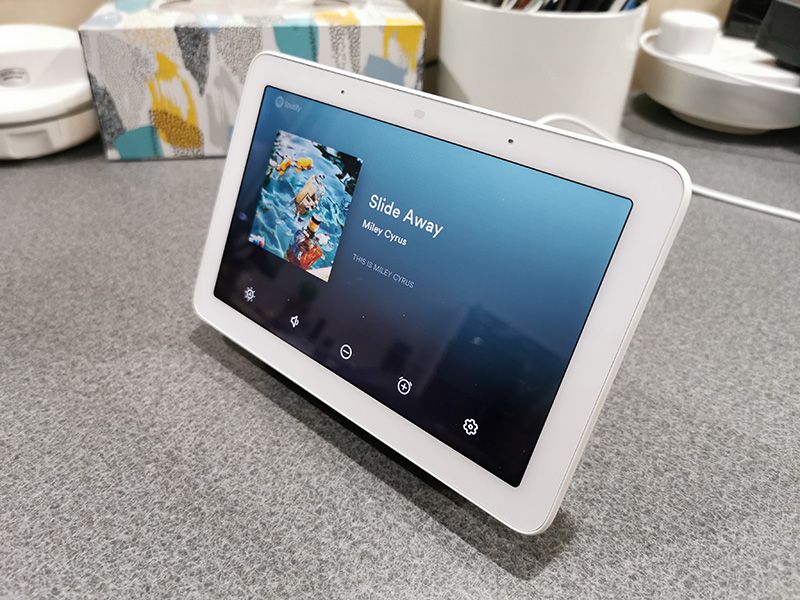

The latter is very much a workaround for tasks that we’ve previously called on IFTTT to complete – in essence it commands Google Assistant to do more than one thing in response to a single command, such as turn off the downstairs lights and turn on the upstairs ones as you’re going to bed.

Access the Home View menu by swiping down from the top of the Hubs.

Routines, allowing you to set up smart home kit to work with Google Assistant. Get ready to tweak and play around with settings for bulbs, switches, plugs and all manner of things the Home Hub now sees. However, you can add languages other than English if you want to use more than one. If you’re in the UK you’ll notice that all six voice options are identical, because this feature has not yet rolled out to the UK. Switch to the Assistant tab and you’ll find some settings for Languages and Assistant Voice. Google Assistant settings are found via the account icon at the bottom of the main Google Home app, so select this and choose Settings. On the Personal info tab you can change things like the nickname your assistant has for you, payment methods, preferred temperature units and so on. Checking Google Assistant settings and preferences Once your Nest device is installed and active, you can connect it to Google Home through the Google Home app. This is where you need to be if you want to add the Google Nest Hub to a Home Group (for multi-room audio), or if you want to configure things like Downtime. The first icon at the top right allows you to tweak the bass and treble, while the second shows you device settings.


 0 kommentar(er)
0 kommentar(er)
